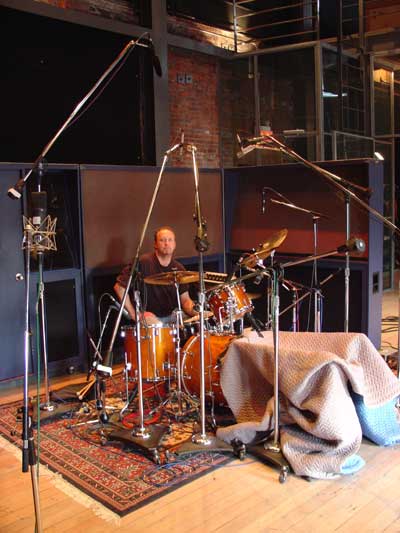Studio Drummer – Chart Reading – First things First!
FIRST THINGS FIRST:
When I get a chart on a session I do the following;
I figure out the ‘road map’ so to speak.
Are there repeats? Is there a DS, is there a DC, is there a DS al coda?
What are the dynamic markings, are there tacits, are there rals or rits, first and second endings etc?
By the way, never feel bad about clearing up issues around a chart and the way it’s ‘reading down’ so to speak. What often happens is that you’re actually noticing a chart error on a session before the other musicians. This happens very frequently since producers and writers are often cramming to finish a chart for a session. At the very least it shows that you have a reading awareness and producers take note and appreciate this fact.
Then I move to tricky rhythmical phrases, ones that I don’t immediately recognize and I take a moment to interpret them.
*ONCE I’VE ESTABLISHED THAT I MOVE TO A PERSONAL TRICK THAT I USE THAT YOU MIGHT WANT TO INCORPORATE.*
A lot of chart writers put a different amount of bars on each stave. This can be annoying and confusing if you’re looking away from the chart constantly. What I do is I mark 4 and 8 bar sections all the way down the chart with a pencil. Being that we normally feel western music in 4 and 8 bar phrases this is something you should try. I’ve found it to be a very helpful navigational tool.
This way if I have a poorly written, hard to decipher chart that has different bar amounts on each line (and perhaps no chord changes written so it’s just a bar chart) I can look away from the chart and look back and immediately know where I am. This little trick has been invaluable to me over the years.
Since we have the unenviable task of playing such a physical instrument as well as not being able to look directly at the chart as well as having to so constantly divert our eyes away from the chart, every little helper we can discover for ourselves will be most helpful!
tune in for the next installment regarding reading tips!






